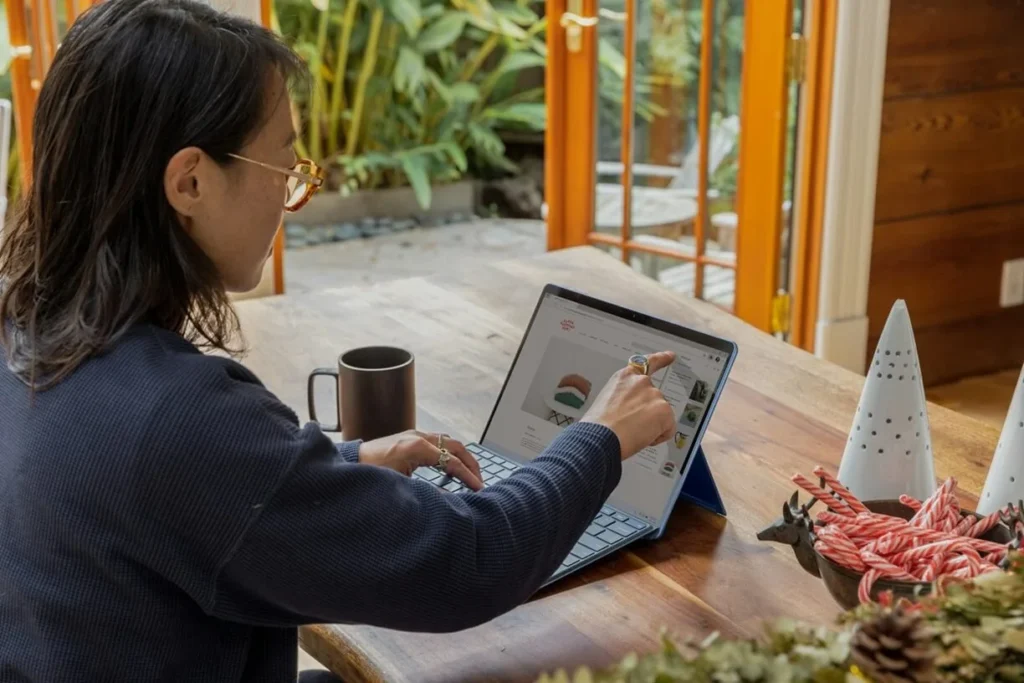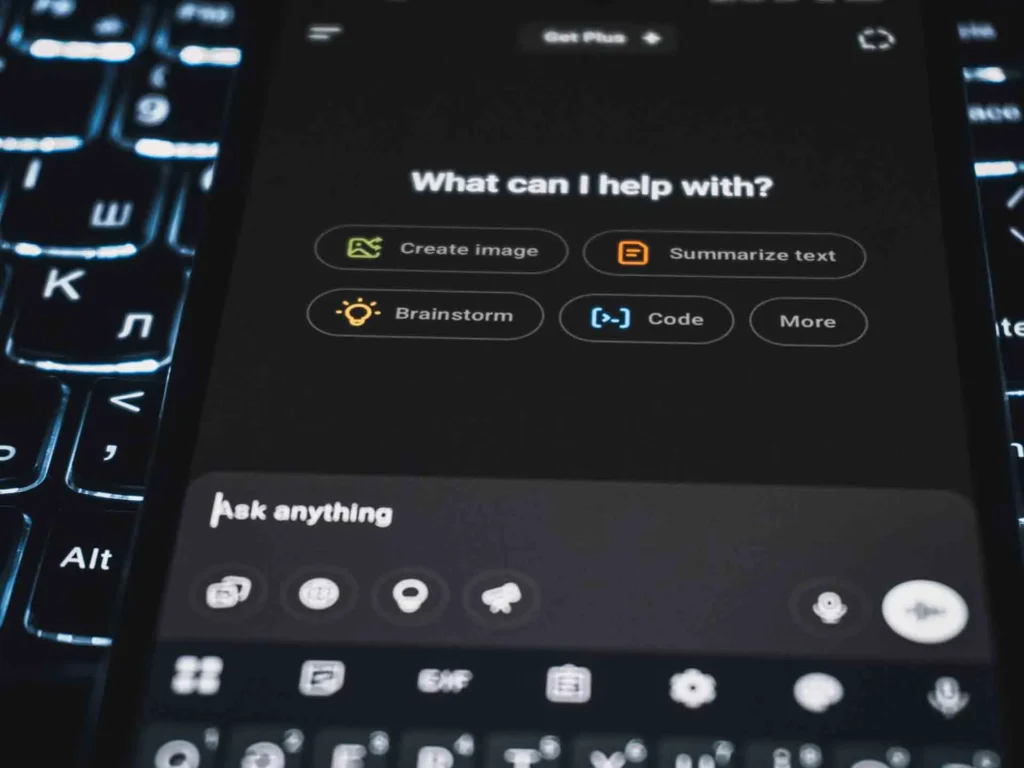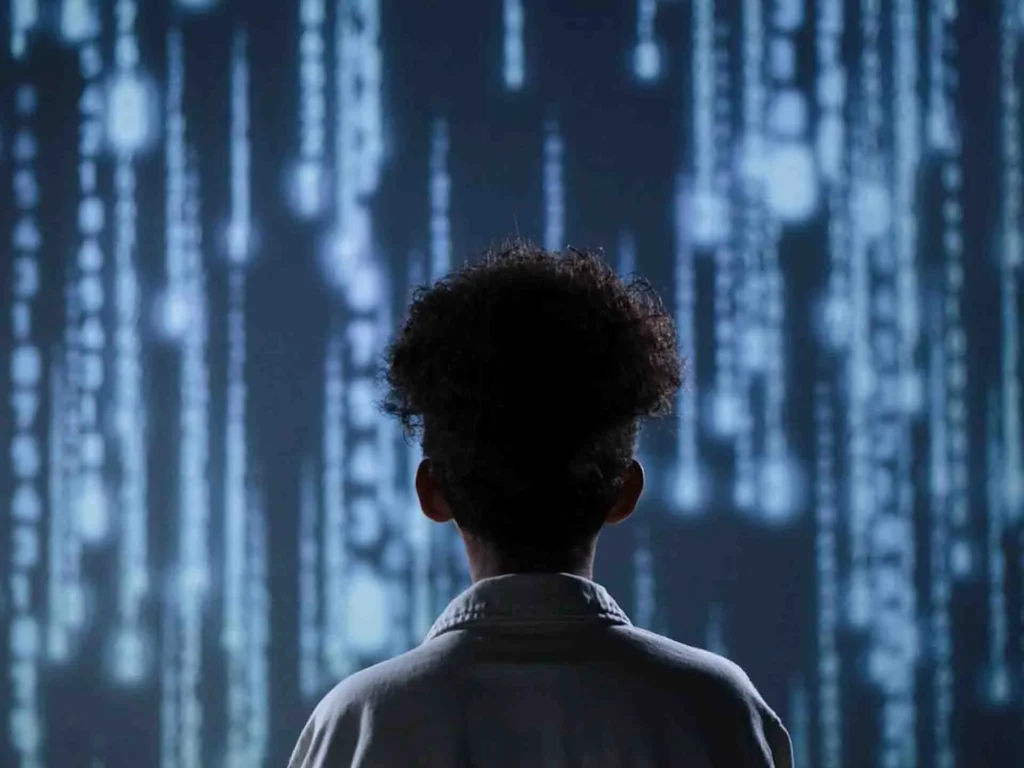Technology has always changed the way we work. The printing press democratized information. The assembly line redefined manufacturing. The internet changed the game when it came to communication and commerce. Now, artificial intelligence is stepping into the spotlight. And, once again, we’re being asked to adapt.
But this time, it’s not just about replacing outdated tools. It’s about rethinking the relationship between humans and technology. It’s a transformation that begs the question: How do we build workforces where humans and AI don’t compete, but collaborate?
According to Raj Goodman, the answer isn’t found in code or algorithms. It’s found in changing our mindset and leadership principles. Below, we explore how forward-thinking businesses are creating environments where AI and human collaboration thrive, and what it takes to prepare for this new kind of way of working.
Moving Beyond Man vs. Machine
The myth of AI replacing all jobs is both tired and untrue. While automation will certainly change some roles, the most exciting frontier isn’t substitution. It’s synergy.
Imagine an analyst who no longer spends hours combing through spreadsheets but instead starts their day with a summary of insights generated by AI. What about a content strategist who feeds AI a rough idea and receives five polished angles in return, ripe for the picking? A recruiter can harness the processing power of AI to filter hundreds of CVs, then apply their own human empathy to conduct the final interviews and choose the ideal candidate.
These scenarios are only the tip of the human-AI business relationships. They showcase just the beginning of what an AI and human collaboration can do. Simply put, the machines handle the grunt work while humans provide the context and the creativity in the final output.
Raj puts it this way: “AI isn’t about replacing humans — the real value is about working together to achieve amazing results.”
And when you view AI as a co-worker, not a competitor, everything begins to change.
The New Roles Emerging from AI and Human Collaboration

One of the most overlooked aspects of AI adoption is the wave of new hybrid roles it’s creating. These aren’t technical jobs reserved for coders or data scientists, but rather accessible roles that blend domain knowledge with AI fluency.
For example:
- Prompt Engineers: Professionals who specialize in crafting queries for generative AI to produce high-quality outputs.
- AI Project Leads: Managers who coordinate cross-functional teams using AI tools as part of the delivery process.
- Data Translators: People who help bridge the gap between data science teams and business units by turning AI insights into actions.
These roles are already reshaping industries from finance to fashion. And the common thread is clear: they require people who can work with AI, not around it.
Training for Trust and Understanding
The biggest barrier to human-AI collaboration isn’t capability. It’s confidence.
Many employees feel uncertain or even threatened by the idea of AI. Some worry they’ll be replaced, while others assume that the technology is too complex to understand. That anxiety stalls progress without clear communication.
Raj recommends starting with simple, hands-on learning. Provide employees with opportunities to utilize AI tools in low-stakes settings. Let them play and experiment. In an environment where they won’t be afraid to ask questions.
“Going forward, the only thing that will matter is how clear and good the content is,” comments Raj. “There will be a time when content will be all about thought leadership. You can’t fool AI. Leveraging the power of knowing what’s there, it can tell you what’s good, what’s bad.”
Develop internal learning programs centered on practical, real-world use cases. Instead of explaining how AI works at a theoretical level, show how it helps with actual tasks, like writing faster emails, generating reports, prompting ideas, or scheduling meetings more efficiently.
As familiarity grows, so does adoption. People trust what they understand. After all, trust is the true foundation of collaboration.
Designing Jobs Around Strengths
The rise of AI invites us to rethink not just how we work, but why we work.
What do humans do best? We interpret nuance. We navigate ambiguity. We build relationships, empathize with others, and contextualize new ideas. These are things machines, for all their precision, struggle to replicate.
The most successful organizations are designing roles that lean into these uniquely human abilities. Take customer service, for example. A chatbot might handle routine billing queries, but when a frustrated customer needs help navigating a sensitive issue, a trained human steps in. They won’t just solve the problem, but apply human empathy to listen and reassure customers. This prevents and alleviates frustration and can build loyalty.
Here’s another example: In marketing, AI can crunch data and test variations at scale, but it can’t understand the emotion behind a brand story or anticipate how cultural context will affect a campaign. That’s where human intuition still reigns.
Assigning machines to what they do best (speed, repetition, LLM learning, pattern recognition) and humans to what we do best (nuance, judgement, creativity, empathy) means that organizations can experience a new level of productivity and open up new pathways for innovation.
Creating a Culture Where Collaboration Feels Natural
Technology alone won’t create synergy. Culture will. You can introduce the smartest tools available, but if your team feels resistant, you’ll struggle to see results. That’s why cultural readiness must come before technical rollout.
Raj believes that culture starts at the top. Leaders must model curiosity, not fear. They must talk openly about the role of AI, not as a threat but rather as a partner.
This means:
- Normalizing experimentation and learning
- Celebrating early adopters across departments
- Encouraging cross-functional projects that pair humans with AI tools
- Having conversations about ethics and transparency
The companies that will thrive are those where people feel empowered to explore and question with AI, without judgment or pressure.
Addressing the Ethical Dimension
With great power comes great responsibility. And AI, particularly when embedded into decision-making processes, brings new ethical considerations to the table.
What happens if an AI model exhibits bias? Who’s accountable when automation gets it wrong? How do you ensure AI doesn’t unintentionally reinforce inequality?
Human oversight is still essential. But beyond that, businesses must develop clear guidelines around data usage, transparency, and AI explainability. In a true human-AI collaboration model, ethics is not a footnote but an integral part of the design.
This also means teaching teams to ask better questions. Why did the model make that recommendation? What data did it use? What assumptions are baked in? Equipping people to think critically about AI doesn’t slow innovation. It protects it.
Measuring What Matters
New metrics are needed when AI enters the workplace. Traditional productivity measures (like hours worked or calls answered) may no longer tell the whole story.
Instead, organizations should look at:
- Time saved on routine tasks
- Improvement in decision-making quality
- Increases in creativity and innovation
- Employee satisfaction and engagement with AI tools
These softer, human-focused outcomes often reveal the deeper impact of AI adoption. After all, a truly synergistic workforce is an empowered workforce.
Looking Ahead: Shaping the Workforce of Tomorrow

We’re not moving toward a future where AI does everything, but rather a future where AI becomes an integral part of how we do anything. To get there, businesses must do more than adopt technology. They must reimagine roles and rethink workflows (and craft a culture) where AI and human collaboration become second nature.
The businesses that prepare now will find themselves with teams who are not only more productive but also more adaptive and creative. This is the real opportunity of the AI era. Not to replace people, but to uncover what people are capable of when they no longer have to do it all alone.
The Future Remains Human
Building a workforce where AI and humans collaborate effectively is now a foundational aspect of businesses worldwide. For this integration to be sustainable, leaders must focus on trust, transparency, and training. They must invest in tools that serve human goals, not just business KPIs. And most importantly, they must see AI not as an external force, but as an internal partner.
Raj Goodman reminds us that the future of work isn’t about machines overtaking people. It’s about machines and people advancing side by side.The question isn’t if this collaboration will happen. It’s how well you’ll prepare for it.
And that work starts now. If you’re ready to take the next step, contact Raj Goodman today.
Recent Posts
-
October 15, 2025
-
September 17, 2025
-
August 26, 2025






